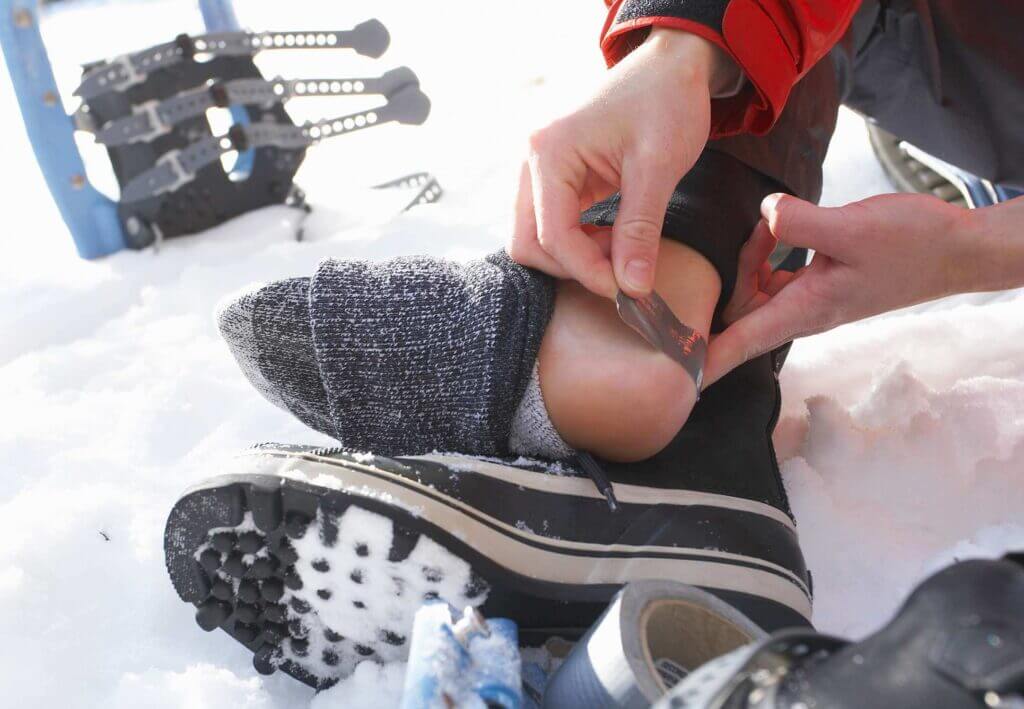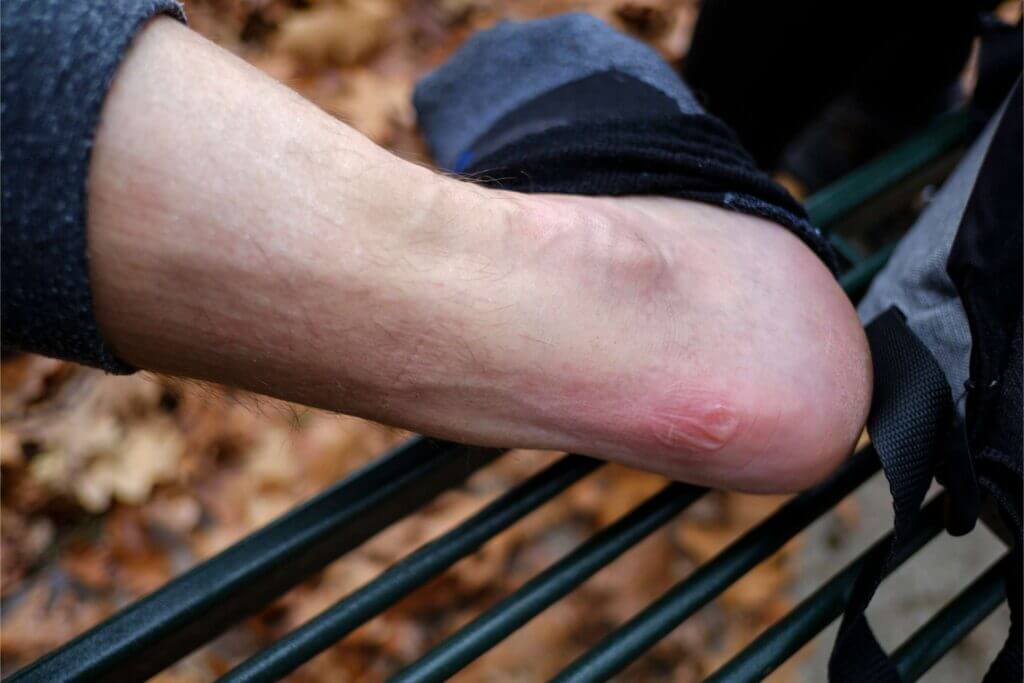Hiking is a wonderful way to explore nature and challenge your body. However, long hikes can also come with their own set of challenges, such as blisters. Blisters are a common occurrence for hikers, especially on longer hikes or when breaking in new hiking boots. If you’re dealing with blisters on hikes, here are some tips on how to manage and prevent them.
A proper fit prevents blisters
The primary cause of blisters is ill-fitting shoes. Make sure you wear proper hiking boots that are broken in before heading out on a long hike. Also, wear moisture-wicking socks that fit well and have no wrinkles or bunching that can cause friction. We advise getting your boots fitted by an expert when buying your hiking boots, to ensure comfort on the trail.
Use Moisture-Wicking Socks
Wet feet increase the risk of blisters, so it’s important to keep your feet as dry as possible. Use moisture-wicking socks to keep your feet dry and prevent blisters from forming. Ensure you keep up waterproofing of your boots too to prevent water ingress. you can pick up a can of waterproofing spray from most outdoor and camping stores.
Apply Tape or Blister Patches
If you feel a hotspot or notice a blister forming, apply a piece of tape, a large band-aid or a blister patch to the affected area. This will provide a protective barrier and reduce friction between your skin and shoes.

Take Breaks
Taking frequent breaks during your hike will give your feet a chance to rest and prevent excessive sweating. This will help to reduce the risk of blisters and other foot-related issues. Being “brave” and pushing through will not end well for your feet.
Carry Foot Powder
Foot powder can help to absorb moisture and reduce friction on your feet. You can apply it to your feet before putting on your socks or at any point during your hike. Baby powder will work well in this situation.
Avoid Popping Blisters
It can be tempting to pop a blister, but it’s important to resist the urge. Popping a blister increases the risk of infection and slows down the healing process. Instead, leave the blister intact and cover it with a protective blister patch or tape.
Take Care of Your Feet
Once you’ve completed your hike, take care of your feet. Wash your feet with soap and water, and let them air out. You can also apply a moisturizing cream to help soothe any irritated skin.

Blisters are an unfortunate reality for many hikers. However, with the right precautions and care, you can manage and prevent blisters on your hikes. Remember to wear proper footwear, use moisture-wicking socks, take breaks, and avoid popping blisters. By following these tips, you can ensure that your feet are well taken care of and ready for your next adventure.